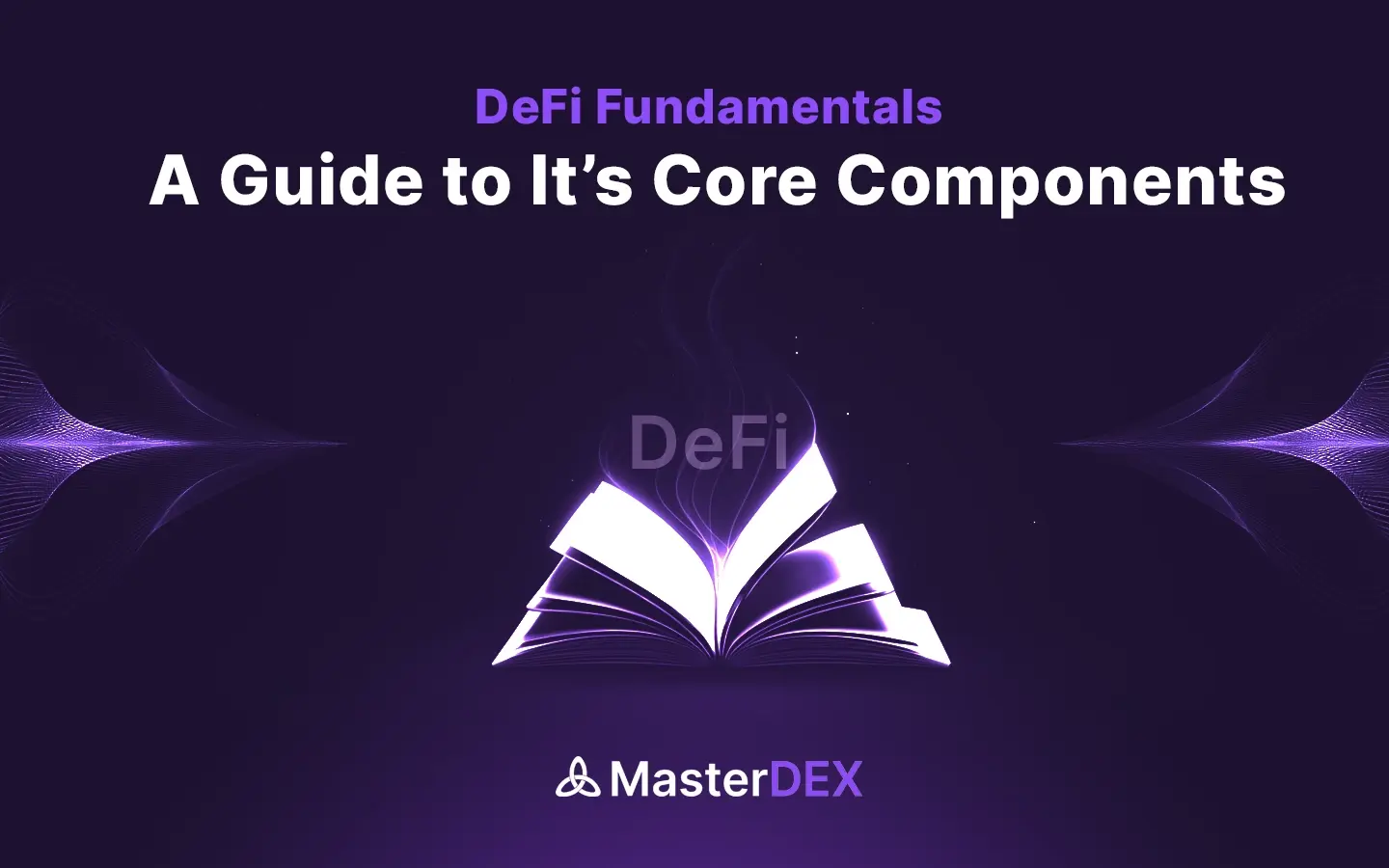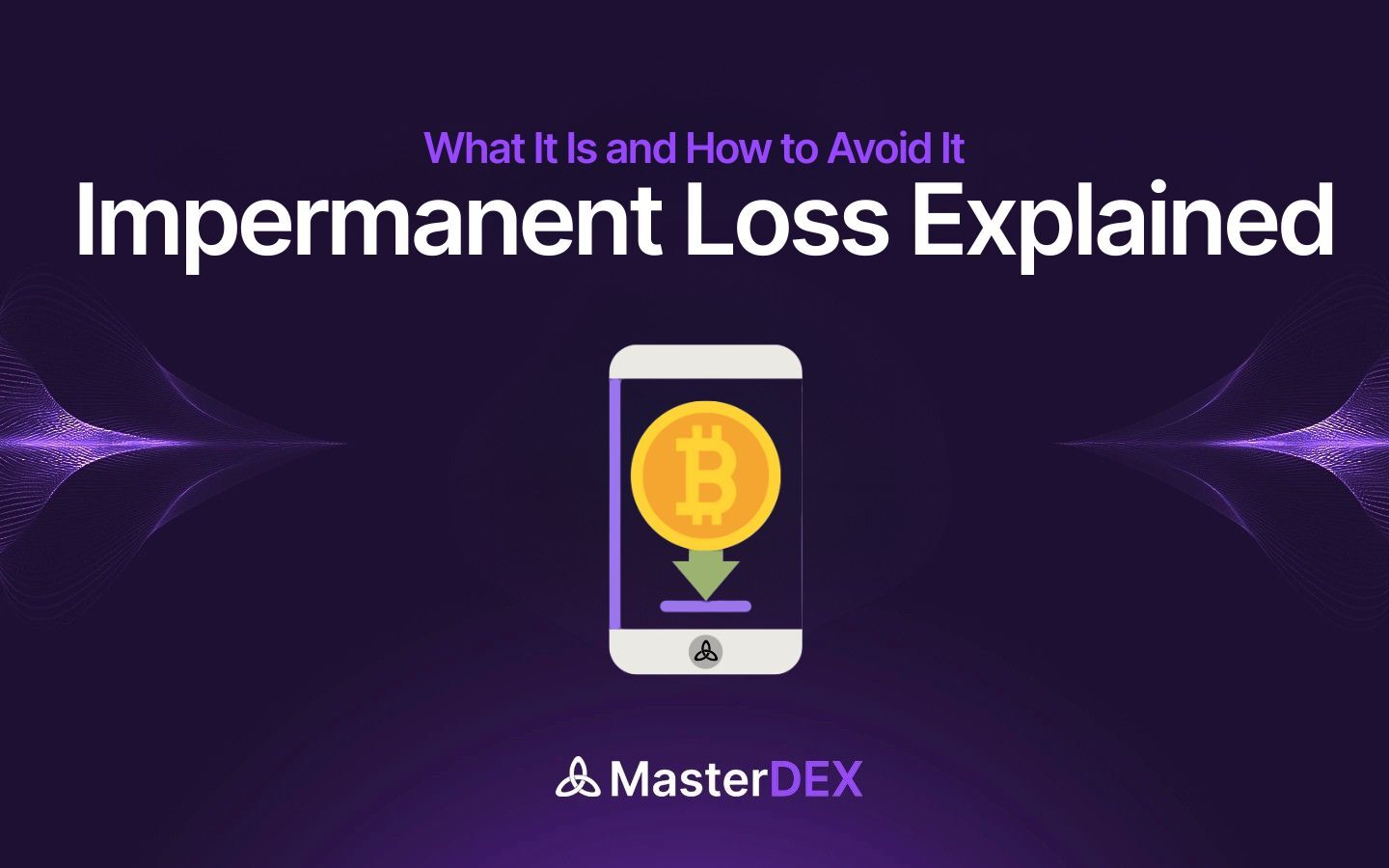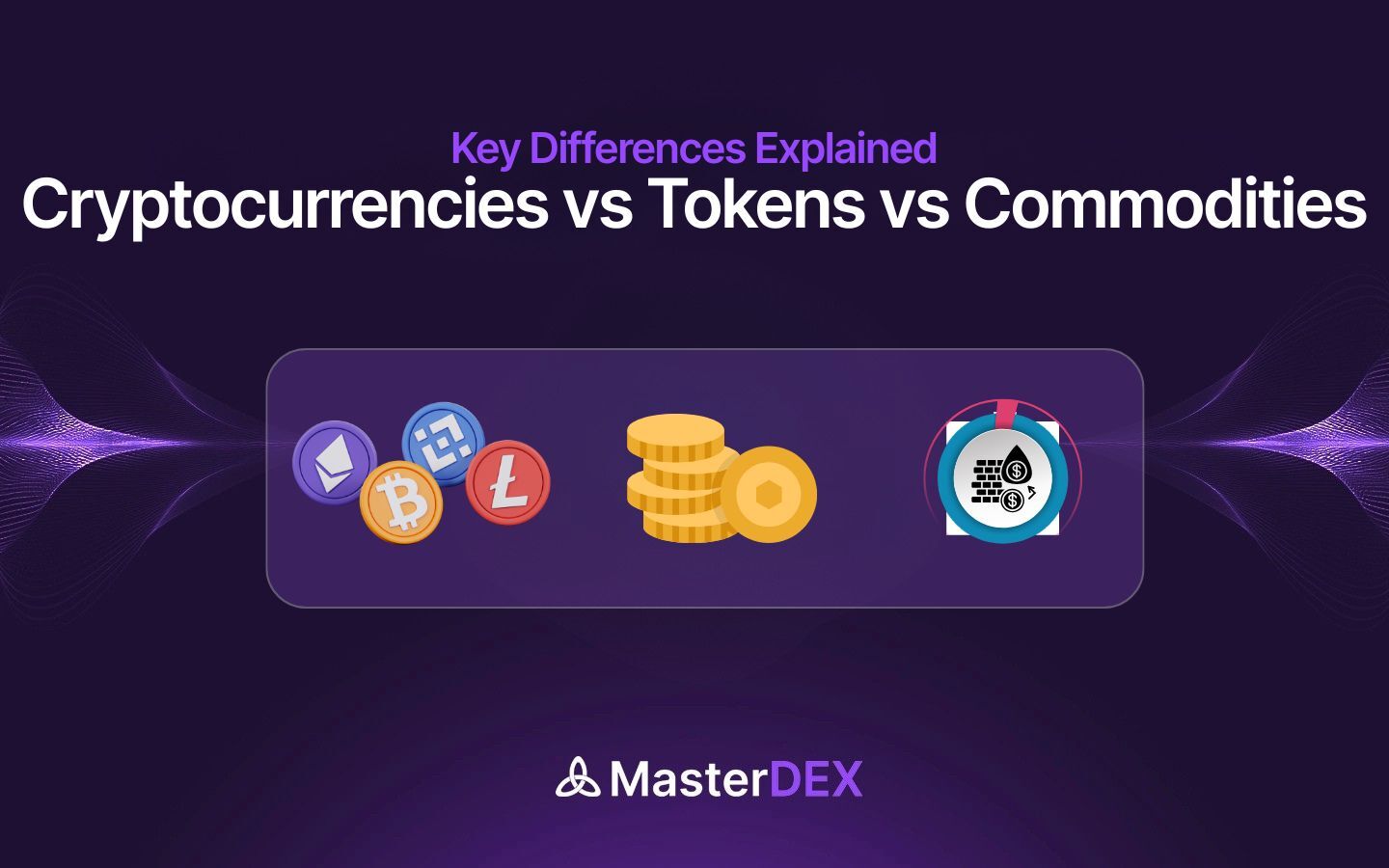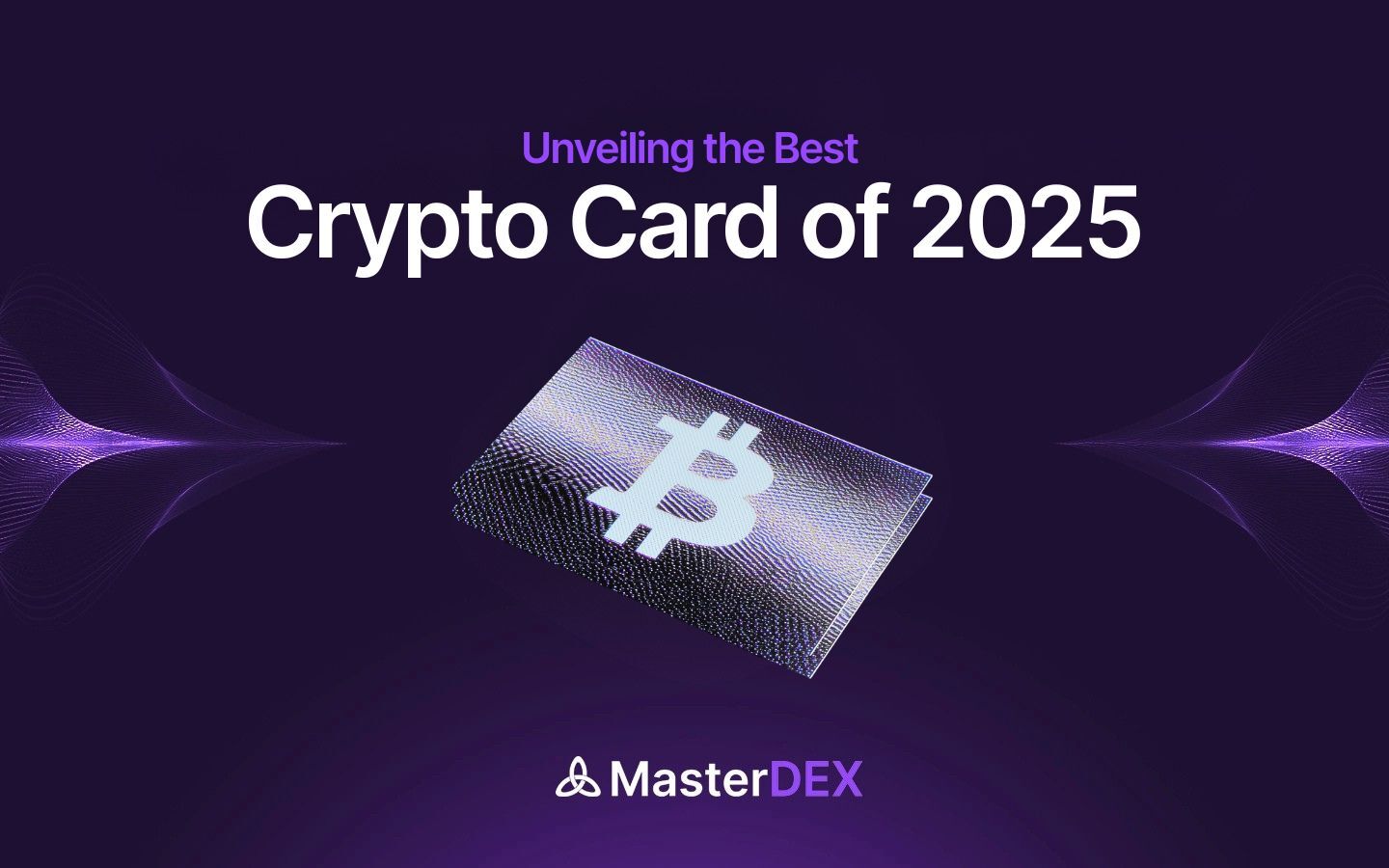Table of Contents:
ToggleIntroduction
In just a few years, Decentralized Finance (DeFi) has evolved from a niche experiment into a rapidly growing ecosystem that challenges the very foundations of traditional finance. From lending and borrowing to trading, investing, and asset management, DeFi offers a radically open alternative, accessible to anyone with an internet connection and a crypto wallet.
But behind every DeFi protocol and dashboard lies a carefully constructed architecture. This isn’t magic. It’s code, infrastructure, and digital logic working in sync. To truly understand what makes DeFi possible, we must first explore its underlying components.
This article takes you through the DeFi fundamentals: blockchains, smart contracts, tokens, transfers, and wallets not in isolation but as interconnected systems. Together, they form the framework of a financial world that is decentralized by design and disruptive by nature.
Whether you’re new to Web3 or deep in the trenches of DeFi, understanding these building blocks is essential. Let’s break it down piece by piece.
Building Blocks of DeFi Foundation
Blockchain — The Immutable Ledger at the Heart of DeFi
The first DeFi foundation is Blockchain as every decentralized application begins on a blockchain. It’s the digital infrastructure where data is stored, verified, and secured without relying on a central authority. In DeFi, the blockchain is not just a recordkeeper—it is the trust engine.
At its core, every DeFi application is built upon a blockchain, which is a decentralized, append-only digital ledger designed to record transactions in a secure and verifiable manner. Unlike centralized databases operated by banks or corporations, a blockchain is maintained by a network of participants (nodes), each keeping a copy of the entire ledger. Every transaction must be validated through consensus before it is permanently written to the chain.
In DeFi, blockchain technology serves as the trust layer. There is no need to place faith in
a middleman; users trust the code and the consensus mechanism. Each transaction is transparent and immutable, enabling a level of auditability never before possible in traditional finance.
The most widely used blockchain for DeFi is Ethereum, followed by others such as BNB Chain, Solana, Polygon, and Avalanche. These chains provide smart contract functionality and varying degrees of scalability, cost-efficiency, and decentralization.
Key blockchain concepts powering DeFi include:
-
- Public verifiability: Anyone can see and verify the full history of transactions.
-
- Censorship resistance: No central authority can reverse or block your transaction.
-
- Finality: Once confirmed, transactions cannot be altered.
-
- Global availability: Blockchain operates 24/7 with no geographical limitations.
This foundational layer makes DeFi possible, replacing centralized financial intermediaries with a transparent, permissionless network.
Smart Contracts — The Programmable Logic of DeFi
After blockchain, the other crucial DeFi fundamental is smart contract. Infact it wont be wrong to say that if blockchain is the foundation, smart contracts are the structure built on top. These self-executing codes enable financial agreements to run autonomously without lawyers, banks, or intermediaries. They are what turn static ledgers into dynamic systems.
Smart contracts are the next essential layer in the DeFi stack. They are autonomous, self-executing programs stored on the blockchain that run when predetermined conditions are met. Unlike traditional legal contracts that require lawyers or third parties to enforce terms, smart contracts do so through code.
In DeFi, smart contracts replace the roles traditionally held by financial intermediaries like banks, escrow agents, or brokers. For example, if you deposit collateral into a lending protocol such as Aave or Compound, a smart contract will automatically track your collateral ratio, disburse loans, calculate interest in real-time, and even liquidate your position if needed, all without human intervention.
These contracts are typically written in languages like Solidity (for Ethereum-based chains) and deployed publicly on-chain. Because they are immutable once published, smart contracts must be rigorously audited and tested to prevent bugs or vulnerabilities.
Advantages of smart contracts in DeFi:
-
- Automation: Financial operations (e.g., yield distribution, swaps, lending) are executed without manual input.
-
- Trust minimization: Code enforces the terms, reducing reliance on centralized parties.
-
- Transparency: Users can inspect the contract logic and track activity.
-
- Composability: Contracts can interact with each other, enabling protocols to integrate like modular building blocks.
However, smart contracts also introduce new risks. A bug in a contract can lead to the loss of funds or exploitation by malicious actors. This is why DeFi developers often subject contracts to security audits, formal verification, and bug bounty programs.
Ultimately, smart contracts are the digital machinery powering every action in DeFi, from swaps and staking to DAOs and insurance, transforming financial infrastructure into permissionless code.
Tokens — Digital Assets That Power DeFi Ecosystems
DeFi applications don’t use traditional currencies. Instead, they rely on blockchain-native assets called tokens. From governance to collateral, trading to rewards, tokens fuel every interaction in the decentralized economy.
Tokens are the lifeblood of the DeFi economy. These blockchain-based digital assets represent units of value and serve multiple functions within decentralized finance protocols. While blockchain provides the infrastructure and smart contracts offer the functionality, tokens are the medium through which users interact with DeFi systems.
Most DeFi tokens are issued using widely accepted standards like ERC-20 (on Ethereum) or BEP-20 (on BNB Chain). These standards ensure compatibility between tokens and decentralized applications (dApps), wallets, and exchanges. A single token can be used across hundreds of platforms without modification, thanks to shared technical specifications.
Tokens in DeFi serve a variety of purposes:
1. Medium of Exchange
Tokens like USDC, DAI, and USDT act as stable currencies within DeFi protocols. They facilitate lending, trading, savings, and yield farming while reducing exposure to volatile crypto assets.
2. Governance Rights
Tokens such as UNI (Uniswap) or MKR (MakerDAO) grant holders the ability to vote on protocol changes, parameter adjustments, or funding proposals. This enables community governance and decentralization of decision-making.
3. Incentives and Rewards
Liquidity providers, stakers, and borrowers are often rewarded in native tokens like CRV (Curve) or SUSHI (SushiSwap). These tokens align user incentives with the growth of the protocol.
4. Collateralization
In lending and synthetic asset protocols, tokens like ETH, WBTC, or stETH are used as collateral to back loans or mint new digital assets.
5. Synthetic and Derivative Assets
Some tokens represent underlying real-world assets or derivatives, such as sTSLA (a synthetic Tesla share) or tokenized gold like PAXG.
The flexibility of token design has led to an explosion of use cases, from automated yield optimizers to real-world asset tokenization platforms. Yet, with this diversity comes complexity: users must understand each token’s utility, risk profile, and governance implications before participating.
In DeFi, tokens aren’t just speculative assets. They are programmable instruments of value, governance, and utility that keep the entire ecosystem running.
Transfers — Moving Value Across the Decentralized Web
The next Defi fundamental is tranfering assets. At its essence, finance is about moving value. DeFi transforms how this value is transferred—replacing slow, restricted systems with near-instant, borderless, permissionless transfers, all with full transparency and user control.
Once tokens are created and held in wallets, transfers become the essential mechanism for moving value across the DeFi ecosystem. Transfers in DeFi are peer-to-peer and permissionless, meaning any user can send assets to another without needing a bank, payment provider, or centralized exchange.
These transfers are authorized using the sender’s private key, which is stored in a digital wallet. Once signed, the transaction is broadcast to the blockchain, validated by the network, and permanently recorded in a block. This process usually takes seconds or minutes, depending on the blockchain’s throughput and congestion.
DeFi expands upon simple token transfers by embedding logic into the transaction flow.
For instance, transferring a token to a smart contract address may initiate a swap, stake the asset, provide liquidity, or execute a flash loan, all in a single transaction.
Characteristics of DeFi transfers:
-
- Permissionless: No KYC, approval, or government-issued ID is required.
-
- Borderless: Transfers can be made globally, 24/7, without intermediaries.
-
- Transparent: Anyone can verify a transfer on-chain through blockchain explorers.
-
- Final: Once confirmed, a transaction cannot be reversed.
-
- Fee-based: Each transfer requires a gas fee, usually paid in the network’s native token (e.g., ETH, MATIC).
Innovations in DeFi Transfers:
-
- Flash Loans: Unsecured loans that must be borrowed and repaid within the same transaction. Used for arbitrage, refinancing, or liquidation.
-
- Bridges: Infrastructure that allows assets to move between different blockchains, e.g., from Ethereum to Avalanche or from BNB Chain to Polygon.
-
- Layer-2 Solutions: Technologies like Optimistic Rollups or zk-Rollups offer faster, cheaper transfers by executing transactions off-chain and posting results to the mainnet.
These developments make DeFi not just an alternative to traditional payment systems but a faster, programmable, and more flexible way to move value globally.
In a DeFi-native world, transfers do far more than just shift funds. They unlock access to services, trigger contracts, and create entire financial experiences in a single blockchain confirmation.
Wallets — The User’s Interface to DeFi
Another DeFi fundamental is a crypto wallet. A wallet in DeFi is more than a place to hold coins. It is your identity, your bank, your voting mechanism, and your key to the entire ecosystem. It’s the tool that puts you in control of your assets and your future.
A wallet is the essential access point for anyone participating in DeFi. Unlike bank accounts, wallets don’t hold funds in a centralized database. Instead, they store a pair of cryptographic keys: a public key (your wallet address) and a private key (your secret password to authorize transactions). These keys grant control over assets that reside on the blockchain.
In DeFi, wallets allow users to connect to decentralized applications, sign transactions, interact with smart contracts, and manage digital assets. Without a wallet, you cannot use DeFi platforms like Uniswap, MasterDEX, Aave, Curve, etc.
Types of Wallets in DeFi:
Hot Wallets
These are connected to the internet and suitable for active use. Examples include MetaMask (browser extension and mobile app), Trust Wallet (mobile), Coinbase Wallet (non-custodial). Hot wallets are fast and convenient but more vulnerable to hacks and phishing attacks.
Cold Wallets
These are hardware devices or paper wallets stored offline, offering maximum security. Examples include Ledger Nano X, Trezor Model T. Cold wallets are ideal for the long-term storage of large assets.
Web & Mobile Wallets. These wallets are user-friendly interfaces that balance accessibility and control. While some offer non-custodial features, others (like centralized exchange wallets) are fully custodial.
Wallet Features That Enable DeFi Use:
-
- Web3 Connectivity: Wallets can connect directly to dApps using interfaces like WalletConnect, enabling permissionless interaction.
-
- Token Management: View balances, add custom tokens, and manage multiple assets across chains.
-
- Transaction Signing: Confirm or reject transactions from within the wallet UI.
-
- Multi-Chain Support: Some wallets support Ethereum, BNB Chain, Polygon, Avalanche, Arbitrum, and more.
Wallets in DeFi are more than storage. They are identity, control, and interaction tools. They grant access to governance voting, NFT platforms, staking dashboards, and decentralized exchanges.
But with great power comes great responsibility. Losing access to your wallet’s private key or recovery phrase means losing control of your assets. There is no customer support or password reset in true DeFi.
As such, wallets symbolize the DeFi ethos: you own your keys, you own your future.
DeFi in Practice — The Synthesis of a New Financial System
When all the components such as blockchains, smart contracts, tokens, transfers, and wallets—are combined, they give rise to a self-sustaining financial system. DeFi isn’t theoretical anymore. It’s live, composable, and reshaping finance today.
Now that we’ve explored the foundational components such as blockchain, smart contracts, tokens, transfers, and wallets—it becomes clear that DeFi is not a single technology but rather a compositional system built from these interoperable layers. Together, they form an open financial architecture that is programmable, permissionless, and borderless.
How it all comes together? Let’s walk through a common DeFi use case to illustrate this integration:
-
- A user opens their wallet (e.g., MetaMask) and connects it to a lending dApp like Aave.
-
- They transfer some ETH into the protocol as collateral using a smart contract.
-
- The smart contract automatically calculates the loanable amount and disburses a stablecoin like DAI to the user.
-
- Behind the scenes, all transactions are confirmed and recorded on the Ethereum blockchain.
-
- The user later repays the loan and earns governance tokens as rewards, which can be used to vote on protocol upgrades.
Every step, from value storage and authentication to automation and execution, is handled by the interplay of the five foundational technologies we’ve covered.
Real-world use cases in DeFi:
-
- Lending and Borrowing: Aave, Compound, MakerDAO
-
- Decentralized Exchanges (DEXs): Uniswap, MasterDEX, SushiSwap, etc.
-
- Yield Aggregators: Yearn Finance, Beefy, AutoFarm
-
- Synthetic Assets and Derivatives: Synthetix, dYdX, GMX
-
- Decentralized Autonomous Organizations (DAOs): MakerDAO, Curve DAO
-
- Insurance: Nexus Mutual, InsurAce
-
- Stablecoins: USDC, DAI, LUSD
Each of these categories represents financial services that operate without banks, custodians, or centralized platforms. Users remain in control of their funds, interact directly with code, and receive transparency that is auditable by anyone with internet access.
Risks and challenges:
Despite its promise, DeFi is not without hazards:
-
- Smart contract bugs can lead to major exploits.
-
- Oracle failures may result in inaccurate price feeds.
-
- Impermanent loss affects liquidity providers in volatile markets.
-
- Governance attacks and rug pulls remain risks in less mature protocols.
-
- Regulatory uncertainty continues to shadow institutional participation.
Understanding the foundational layers is critical not just for using DeFi effectively but for assessing risks, evaluating projects, and contributing to the ecosystem’s development.
Conclusion: The Foundations of DeFi Are the Foundations of Financial Freedom
Understanding how DeFi works is not just a technical exercise. It’s a gateway to reclaiming financial power. When you grasp the architecture behind decentralized systems, you move from user to participant, from consumer to builder. Decentralized finance is not merely a trend. It is the blueprint for a new economic paradigm. By removing centralized intermediaries and building a system grounded in transparency, autonomy, and inclusivity, DeFi is redefining how we save, trade, borrow, and invest.
But to participate meaningfully or to innovate within this space, one must grasp its foundations. DeFi isn’t just “crypto finance.” It’s an interconnected architecture composed of blockchains for consensus, smart contracts for automation, tokens for value transfer, wallets for access and control, and peer-to-peer transfers for permissionless liquidity.
These are not optional details; they are essential knowledge for anyone seeking to go beyond surface-level hype and into informed engagement.
Whether you’re a curious newcomer, a financial professional exploring new territory, or a builder shaping the tools of tomorrow, mastering these foundations is the first step toward long-term success in Web3.
The revolution in finance is not coming; it is already here. And it’s not being led by institutions. It’s being built, transaction by transaction, by individuals like you who understand what’s under the hood.
Own your keys. Learn the code. Know the system. That’s where true financial empowerment begins.



